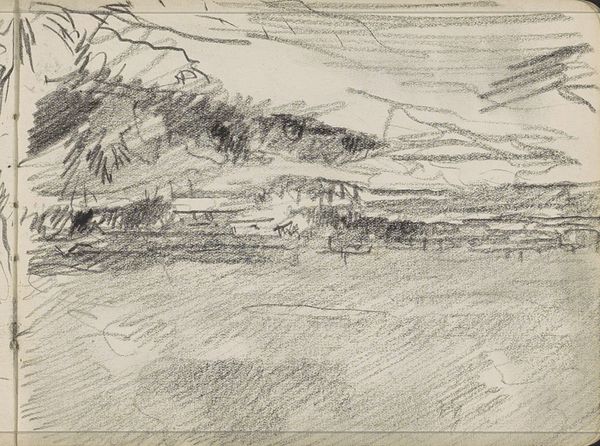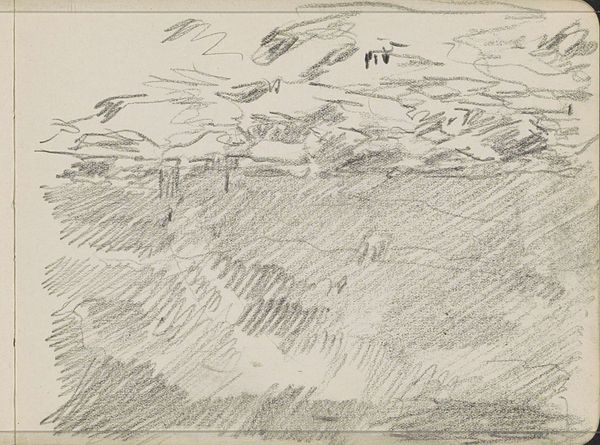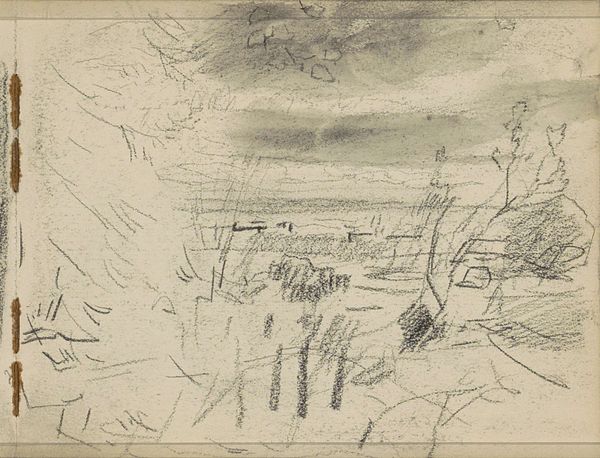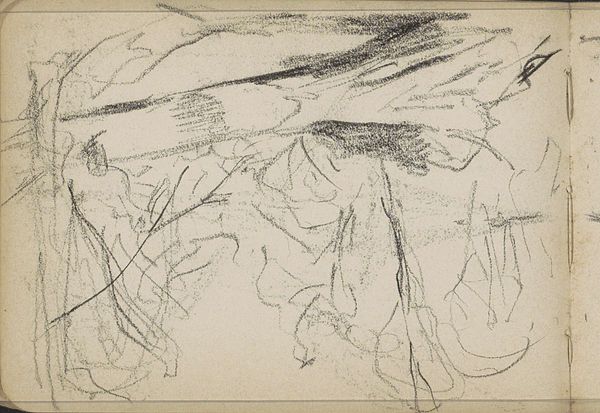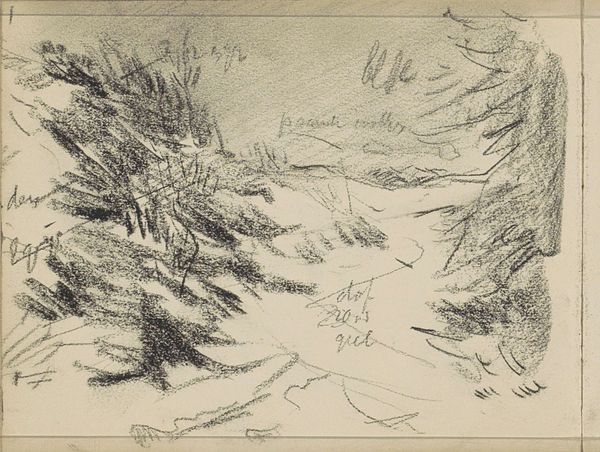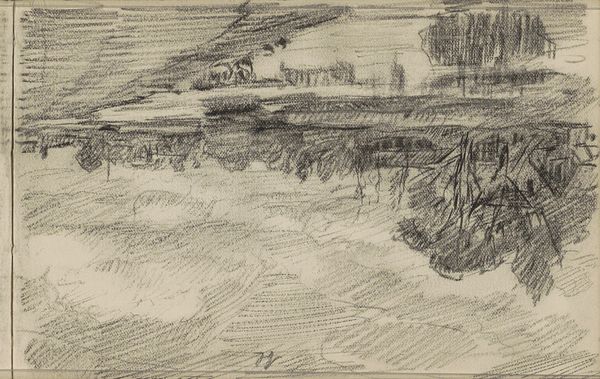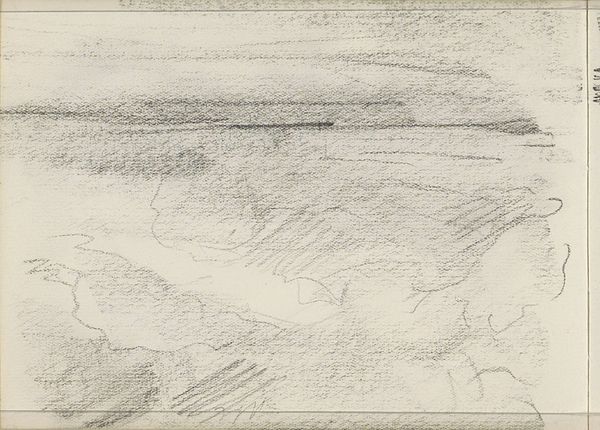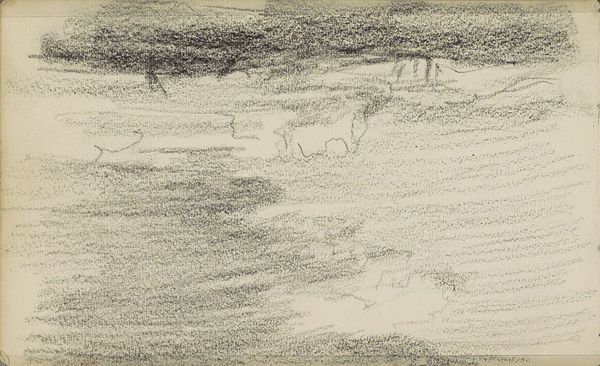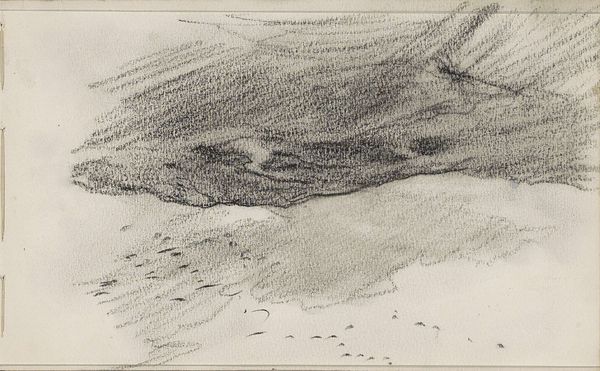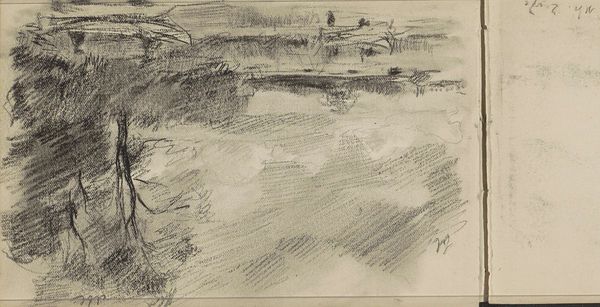
Copyright: Rijks Museum: Open Domain
Johan Antonie de Jonge created this landscape with trees, possibly a dune landscape, at an unknown date. De Jonge, who lived from 1864 to 1927, was painting in a time when landscape art served not only to represent nature but also to reflect cultural identity and national pride. Consider the cultural context. During the late 19th and early 20th centuries, the Netherlands experienced a period of nation-building and cultural self-definition. Landscape paintings played a role in shaping a sense of national identity, often depicting the Dutch countryside as a symbol of home and heritage. De Jonge's choice to depict a dune landscape, a unique feature of the Dutch coastline, may reflect this cultural sentiment. The sketch elicits a feeling of solitude and introspection. It invites us to contemplate our relationship with nature, while reflecting on the cultural values and historical forces that shape our perception of the land.
Comments
No comments
Be the first to comment and join the conversation on the ultimate creative platform.
